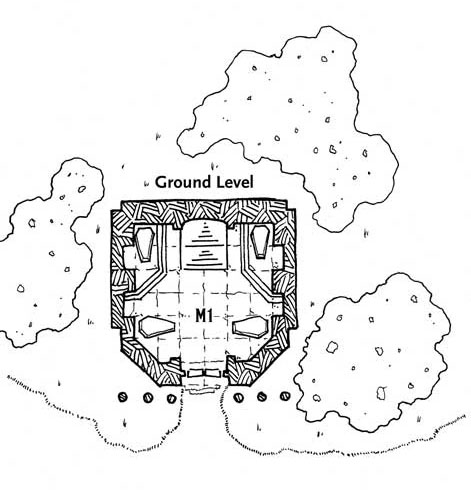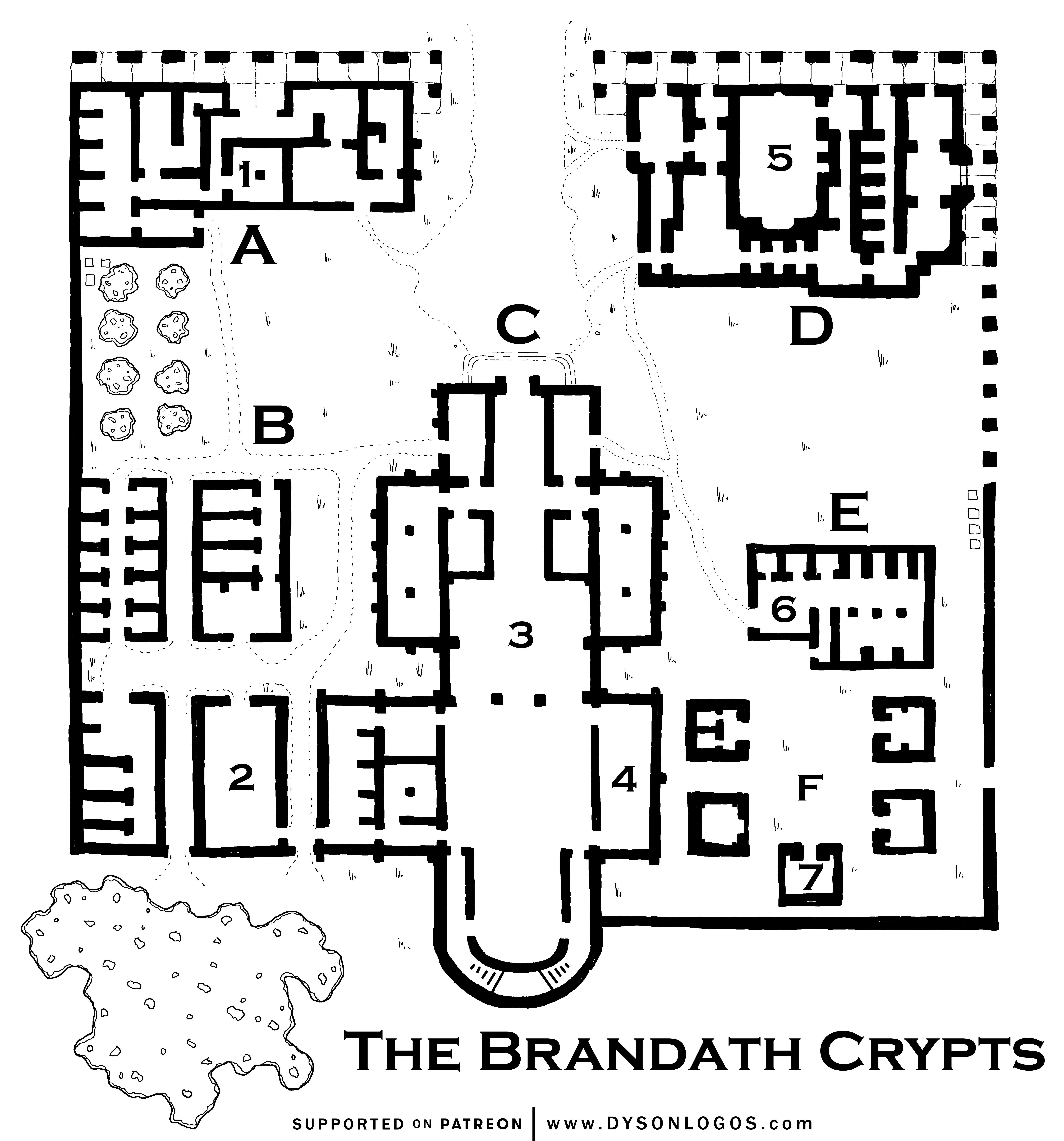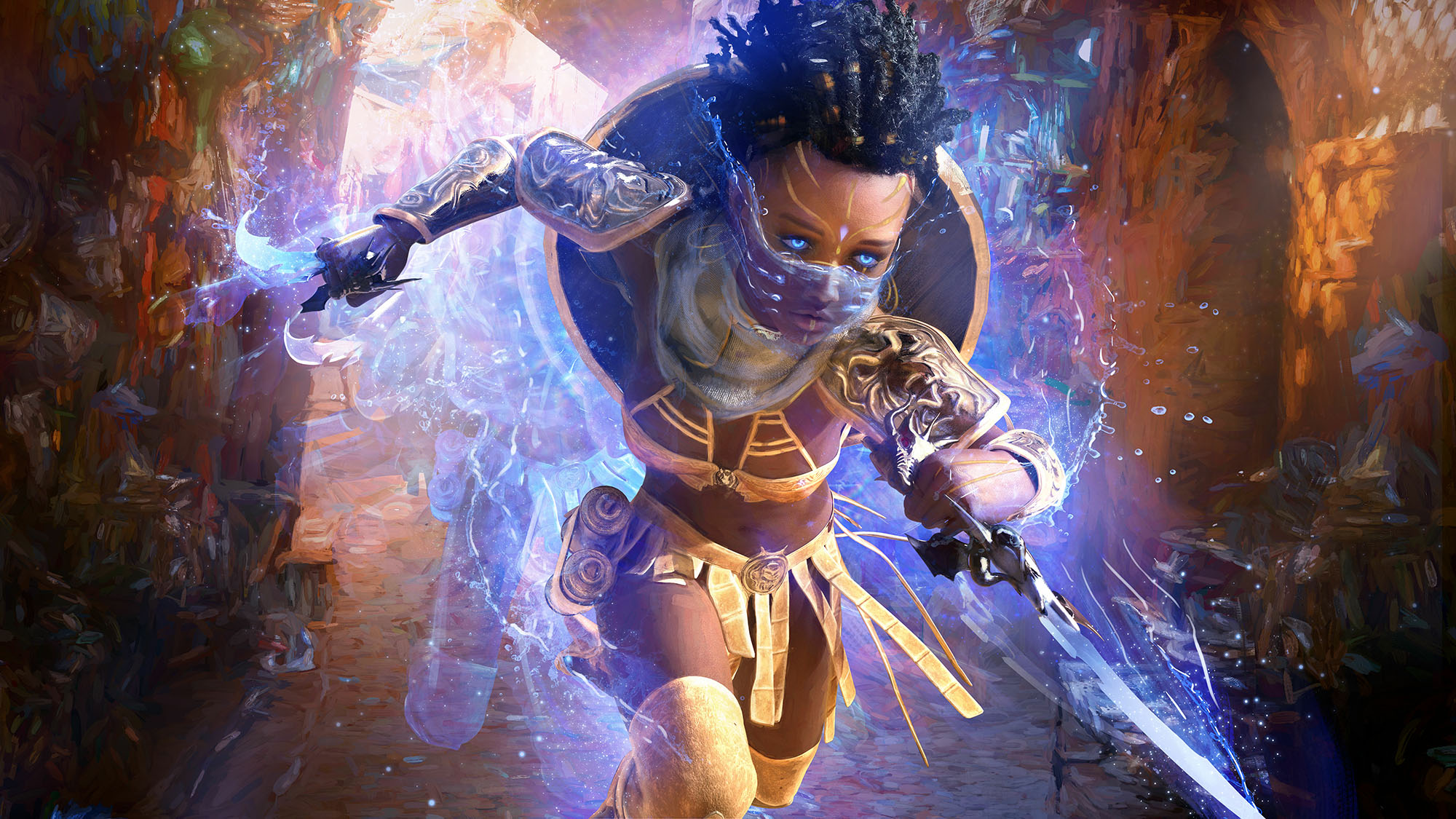
SPOILERS FOR DRAGON HEIST
Anne asks:
I want to run Dragon Heist for my group. Everyone is exited and we’ve already created characters, but I’ve just discovered that two of my players already know the Cassalanters’ secret. It’s not their fault, but I’m really frustrated. Is there anything I can do?
This is a really tough position to be put in, and it’s definitely something you have to think about when running a published campaign. Particularly when it comes to Wizards of the Coast’s official D&D adventures, a lot of this stuff just kind of leaks into the meme-sphere. Your players may not even realize they’ve been spoiled until they’re actually playing the adventure. For example, the secret identity of the big bad guy in Storm King’s Thunder is spoiled in a Magic the Gathering expansion. I’m currently facing similar concerns for running Descent Into Avernus, which are further complicated because (a) the title of the adventure is a spoiler in itself and (b) there are questions about how much Baldur’s Gate 3 spoils things.
Assuming that you don’t want to swap adventures or drop the players who are spoiled, there are, broadly speaking, three approaches to handling this.
First, talk to the spoiled player and ask them to be discrete and not spoil the experience for others. If you’ve got a really good player who’s willing to be responsible about this, particularly if they tend to play from the Author stance (and, therefore, immersion in their character’s POV is of less importance to them), this can work.
In my experience, though, this is still a diminished experience. It’s like working together to solve a crossword puzzle with someone who’s already solved it: At best, they can sit back and not participate in those elements of the campaign. (Which, in some cases, can be a tell in its own right and still ruin the experience for the other players!)
Second, change the spoiled element or give it a twist to surprise the player. For example:
- Change the Cassalanters’ name (and perhaps a few other pertinent details) so the PCs don’t recognize them.
- The Cassalanters are innocent! The story they tell (i.e., diabolists have cursed their children and they’re trying to lift the curse) is true. Take all the Asmodean elements and shift them to a different noble family. (Maybe the Gralhunds?)
- Since the twist won’t work, simply don’t have the Cassalanters approach the PCs as potential allies. They’ll be open villains when they appear, no different than Xanathar and his minions, and therefore the players’ knowing that they’re diabolists won’t be a problem.
(Can you think of other options for working around a Cassalanter spoiler?)
Making these changes will often mean choosing tradeoffs. For example, making the Cassalanters innocent victims means losing the “It was the parents!” twist. Obviously, you should try to choose tradeoffs that you can live with, and you should also look for ways to not only mitigate the damage, but also create cool new opportunities. (If you’d still like a big twist reveal for the cultists’ identity, for example, maybe it’s Renaer who’s the Asmodean cult leader?)
Something to consider here is whether or not the player knows that they’re spoiled. For example, they might know that the Cassalanters are diabolists because they’ve encountered them in a different adventure, but they might simultaneously have no idea that the Cassalanters are part of the Dragon Heist campaign. If that’s the case, then you might be able to get away with just quietly changing the Cassalanters’ names.
If a player knows that they’re spoiled, on the other hand, and you’re completely altering or removing the spoiled element, then it may be a good idea to tell the player what you’re doing (so that they don’t have to walk on eggshells or worry about it). If you’re twisting their expectations, on the other hand, that twist will likely be at least partly based on subverting the players’ meta-knowledge, so you wouldn’t want to double the spoiler by warning them that it’s coming.
Either way, though, you’ll likely want to combine this with Option #1, warning them not to discuss the spoilers with the other players, even if they’re no longer true for the current campaign.
The third option, however, is to turn the spoiled players into co-conspirators. Since the players know the spoilers, frame things so that their CHARACTERS also know the spoiler, but have a reason not to share it with the other PCs. (At least, not immediately.)
In this case, for example, what if the spoiled players’ characters were actually members of the Asmodean cult, sworn to secrecy? When the Cassalanters approach the group and ask for help (still under false pretenses), it’s at least in part because the cult members are part of the group and can vouch for them. (Note that, depending on how much the spoiled players know, you might still be able to keep some surprises – e.g., the true nature of the ritual the Cassalanters are planning – in reserve, or create new twists that are uniquely possible with the new framing.)
The great thing about this approach is that it once again unifies the player and character experiences, so that the player can enjoy the immersive experience of their character’s POV; the puzzle-solving aspects of game play; and the dramatic satisfaction of surprise and payoff.
In this particular case, of course, it’s also creating potential inter-party antagonism between the PCs, which can be problematic. (And some groups may be uncomfortable with any hidden knowledge, even if the knowledge isn’t inimical to the other PCs’ interests.) A full breakdown of how to handle these concerns is a discussion for another time, but a few things I would think about for this specific scenario are:
- Noting that it doesn’t immediately make the PCs antagonistic with each other. Even when the Cassalanters approach the group, the group’s interests can still remained aligned.
- If/when conflict does arise, making sure it remains clear that the diabolist PCs always have the choice to swap their allegiance. (This would be another strong reason to keep the true nature of the ritual hidden from them, in my opinion.)
- Set up replacement characters in the supporting cast that the diabolist players can easily step into if a rift in the party forces the diabolist characters out. (And making sure the players of the diabolist characters are aware that this is a possible outcome.)
Generally speaking, I’ve found that it’s usually possible to set up this sort of dynamic in a way that’s fun and thrilling for everyone. But it’s also useful to remember that there are other ways to set up motivated hidden knowledge that doesn’t create party strife. For example, I ran a campaign where one of the PCs had access to secret lore through their clan… but the clan’s beliefs also meant that they were honor-bound to keep it a secret. When circumstances and trust resulted in them finally entrusting their fellow PCs with the secrets, it was just a cool moment; nobody felt betrayed or at odds.




















